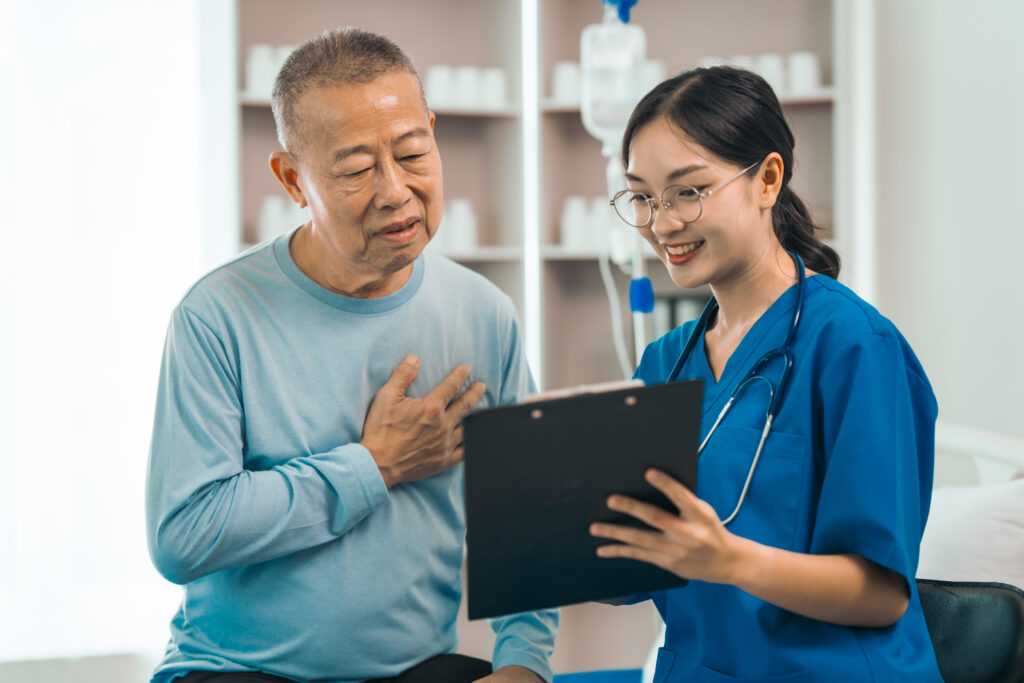In the fast-paced world of emergency medicine, patient engagement and education often take a backseat to the immediate demands of life-threatening situations. However, effective patient engagement and education are crucial components of high-quality care, even in the emergency department (ED). As an emergency medicine physician with years of experience, I’ve come to realize that fostering strong patient relationships and ensuring that patients understand their care are vital for improving outcomes and satisfaction. In this blog, I’ll explore practical strategies for enhancing patient engagement and education in the emergency setting.
Understanding the Importance of Patient Engagement
Patient engagement is more than just a buzzword; it’s a key factor in achieving better health outcomes. Engaged patients are more likely to follow treatment plans, manage their conditions effectively, and return for follow-up care. In emergency medicine, where time is often limited and the environment is high-pressure, engaging patients might seem challenging. However, it’s essential for ensuring that patients are informed and involved in their care decisions.
Clear Communication
One of the most effective strategies for enhancing patient engagement is clear and concise communication. In the emergency department, patients and their families may be overwhelmed, anxious, or in pain. Taking the time to explain diagnoses, treatment options, and procedures in simple, understandable language can make a significant difference.
I make it a priority to use layman’s terms and avoid medical jargon when speaking with patients and their families. This approach helps demystify the medical process and reduces anxiety, making patients feel more involved and in control of their care.
Active Listening
Active listening is another critical component of effective patient engagement. It involves not just hearing but truly understanding and acknowledging what patients and their families are saying. This means paying attention to their concerns, asking clarifying questions, and providing empathetic responses.
In my practice, I always strive to give patients my full attention. I listen carefully to their concerns, answer their questions thoroughly, and validate their feelings. This approach not only builds trust but also ensures that patients feel heard and respected.
Providing Written Information
Given the chaotic nature of emergency care, patients may not always retain verbal information. Providing written materials, such as brochures or discharge instructions, can reinforce key points and offer patients a reference for later. These materials should be clear, concise, and written in plain language.
I often provide patients with written summaries of their diagnoses, treatment plans, and follow-up instructions. These documents serve as a helpful resource that patients can review at home, ensuring they understand their care and know what steps to take next.
Utilizing Visual Aids
Visual aids can be incredibly effective in explaining medical concepts and procedures. Diagrams, charts, and illustrations can help patients grasp complex information more easily than verbal explanations alone. In an emergency setting, where time is limited, visual aids can quickly convey essential information.
I incorporate visual aids into patient education whenever possible. For instance, using diagrams to explain how a particular procedure is performed or showing illustrations of anatomy can make it easier for patients to understand their condition and the treatment process.
Engaging Families and Caregivers
Involving family members and caregivers in the education process is essential, especially in emergency situations where patients may be unable to fully grasp their care. Family members often play a crucial role in supporting patients’ recovery and managing their care post-discharge.
I encourage family members to be present during discussions and provide them with information about the patient’s condition and care plan. This inclusive approach helps ensure that everyone involved in the patient’s care is well-informed and prepared to support the patient effectively.
Offering Follow-Up Support
Patient engagement doesn’t end when the patient leaves the ED. Offering follow-up support is a crucial part of ensuring that patients continue to feel engaged and informed. This support can come in various forms, such as phone calls, follow-up appointments, or referrals to additional resources.
I make it a point to provide patients with information about how they can reach out if they have questions or concerns after leaving the ED. Whether it’s a follow-up appointment or a referral to a specialist, ensuring that patients have access to ongoing support helps them manage their health more effectively.
Building a Culture of Engagement
Creating a culture of patient engagement within the emergency department requires a collective effort from all team members. From physicians and nurses to administrative staff, everyone plays a role in fostering an environment where patient education is a priority.
I work closely with my team to ensure that patient engagement and education are integral parts of our practice. We regularly review our communication strategies, share best practices, and strive to create a supportive environment that values patient involvement.
Enhancing patient engagement and education in the emergency department is essential for improving patient outcomes and satisfaction. By focusing on clear communication, active listening, providing written and visual information, involving families, offering follow-up support, and building a culture of engagement, we can make a significant impact on the quality of care we provide.
As an emergency medicine physician, I’ve seen firsthand how effective patient engagement can transform the care experience. By implementing these strategies, we can ensure that patients leave our care not only with their immediate medical needs addressed but also with a clear understanding of their condition and the steps they need to take for ongoing health.
